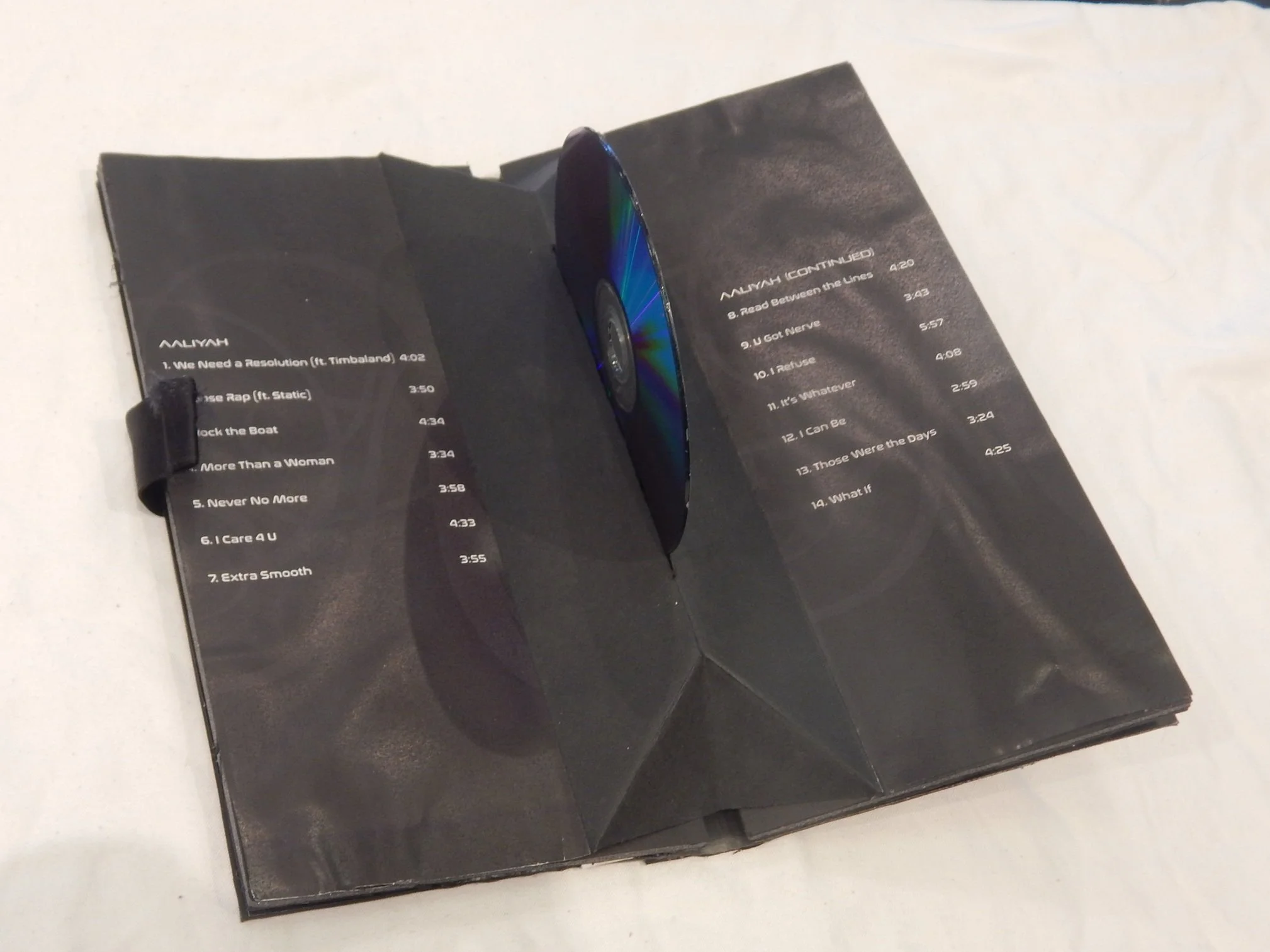25 Ways to Become a Better UX or UI Designer Every Day
No matter what kind of design you do, it’s important to stay up to date in the field. Especially for one like UX that can get really complicated and is ever growing. There is a lot to learn and a lot of ways we can improve.
Becoming a better designer doesn’t just help you out professionally, it also helps you stay more creative and helps your business stay up to date.
In the long run, it can even save you money.
But sometimes it can be overwhelming. With how much is out there on the internet, there is so many resources we can use.
We can read books, watch videos, tutorials, take online classes, etc.
So below I’ve complied a list of things I’ve been doing to improve and the resources I’ve been using to grow professionally and personally as a designer.
If there is anything you’d like to see added to this list, please let me know in the comments below.
This list is taken from a Quora answer I wrote a bit ago.
25 ways to improve every day
I’m still in the process of this myself as we’re always learning, but here are some tips that I’ve gained over the years.
Stay up to date in the field by reading articles from places like
Take online classes and get certificates from places like CareerFoundry, Interaction Design Foundation, Linkedin Learning and others. Read more about the options from UX Planet.
Start your own blog and write about what you know and recommend. Become a thought leader in the community.
Listen to podcasts like User Experience Defenders, What’s Wrong With UX, and others. Here’s a list of the best 25 UX podcasts from MockPlus for 2020.
Attend UX networking meetups.
Watch Youtube Channels and videos about UX.
Stay up-to-date and watch tutorials on using tools like Sketch, Invision, Figma, and other UX tools or user research tools.
Complete mock UX and UI challenges like the Sharpen UX generator, The Good Brief, and the 100 day DailyUI challenge.
Learn about accessibility and subscribe to newsletters like the A11yWeekly newsletter.
Study Design Systems.
Study Usability.
Study Design Thinking. You can start by watching a documentary or looking at different methologies like from IDEO, D.School, HCS, Design Council, Frog, Whatx4, or LUMA.
Share resources on social media.
Join UX Facebook and Linkedin groups. Follow designers on Twitter and Instagram.
Stay up-to-date with trends in UX and the State of UX.
Keep improving your portfolio (find some cool resources from Sarah Doody’s site) and case studies (find a template generator here). Study other UX Portfolios.
Find a mentor or become a mentor.
Read books on UX/UI and other similar topics. Like, “Don’t Make Me Think”, “The Design of Everyday Things”, “The Elements of User Experience”, “A Project Guide to UX”, “Lean UX”, and others.
Deep dive into other subsets of UX like Interaction Design, Information Architecture, Visual Design, UX Research, UI, UX Writing, etc.
Attend IxDA World Conference Day for Free or other conferences.
Join local clubs, organizations, and other community groups.
Become a speaker or start hosting workshops.
Get a college degree in HCI, UX, UI, or other similar programs.
Volunteer your skills or freelance.
Practice, practice, practice. Create passion projects and case studies in your free time.
Some of My Favorite Things
I would say some of the things that have helped me grow the most over the past year is connecting with other UX designers, listening to podcasts, reading books, and personally signing up for the Interaction Design Foundation courses.
Especially, I think connecting to other people who are learning as well and trying to improve has been really important to me.
There are so many great designers out there with so many great ideas.
I love attending workshops and meet ups to network with other people and make new friends.
Making friends outside of work can be difficult, but I think it’s important to have friends outside of work who also understand what it is exactly that you do.
I love my non design friends, but it’s always great to be able to get design opinions from someone else in the industry.
On top of that, sitting down to really deep dive into different material has solidified a lot of my learning for me.
I feel more confident this year about the process and about my work.
I believe I’m gaining the skills to become a better designer every day.
What have you been doing recently to improve and learn more?
“Take the attitude of a student, never be too big to ask questions, never know too much to learn something new.”











